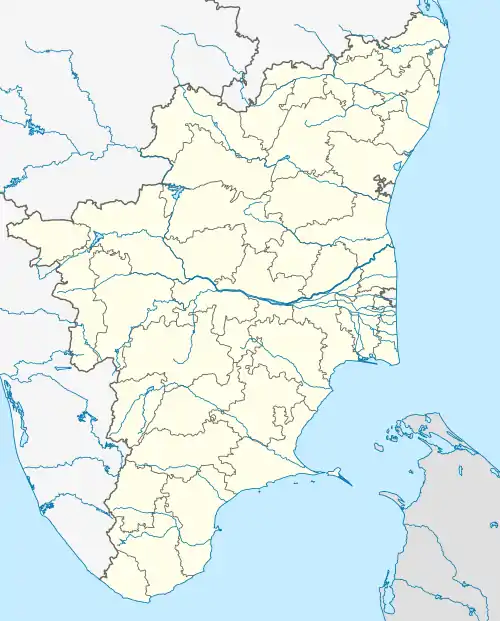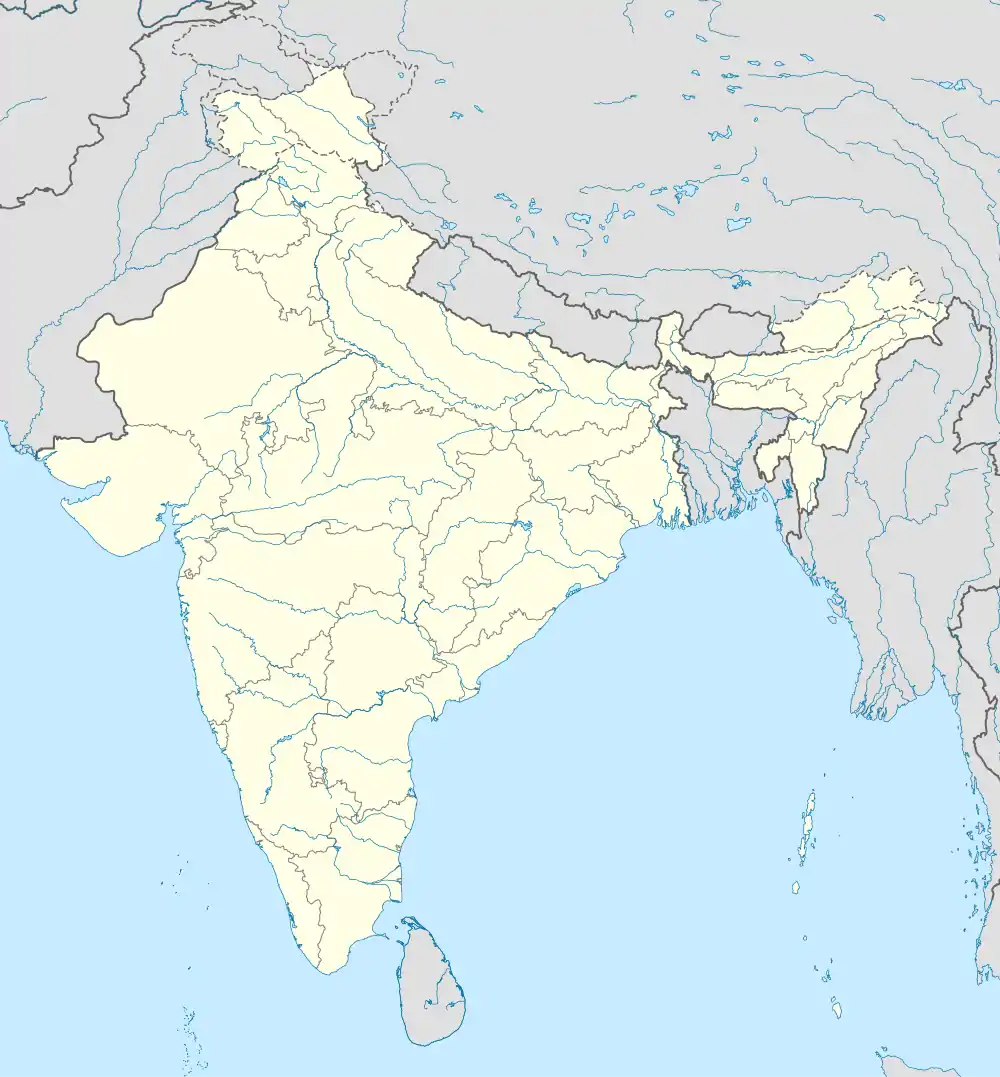Vellaloor massacre
The Vellaloor massacre refers to the killing of nearly 5000 people of the Kallan clan at the Vellalore village near Melur Taluk in what is now the Madurai District in the Indian state of Tamil Nadu. The massacre was ordered by Captain Rumley of the East India Company. The murder of the Indigenous people occurred, as they refused to pay taxes to the East India Company. The carnage is recorded in the 1767 annual gazette of the Madras Government.
| Vellaloor massacre | |
|---|---|
  Location of Vellaloor in Madurai District, India | |
| Location | Vellalore village, Madras Presidency, British India (present day Vellaloor, Tamil Nadu, India) |
| Coordinates | 10°0′1.44″N 78°25′58.8″E |
| Date | 1 January 1767 (IST) |
| Target | Unarmed men, women and children of the Kallan clan, who refused to pay the tax imposed by the English East India Company |
Attack type | Massacre |
| Deaths | 5000 men, women and children |
| Injured | unknown |
| Perpetrators | Captain Rumley of the English East India Company |
The Kallars had been resisting paying taxes to the Company, and five battalions of sepoys and 1,500 cavalry under Captain Rumley were sent to extract taxes. The villages held defensive positions, and refused to pay the taxes. Captain Rumley ordered the village to be set on fire, and anyone escaping the fire (men, women and children) were killed by the Company sepoys. This resulted in more than 3000 being killed at Vellalapatti. This incident made other surrounding villages submit to the Company and pay their taxes.
After, a while, there was another instance of rebellion by the Kallar, by attacks on the Company peons, which was followed by another massacre by Captain Rumley, resulting in the death of another 2000 people.[1][2][3][4]
These events were preceded by several instances of rebellion to pay taxes to the Muslim and British invaders by the Kallars. In 1755. Colonel. Heron, led an expedition, against the Poligar of Kumaravadi, Lackenaig (Lakshmi Naik?), whose Governor Mayana had taken refugee at the temple of Kovilkudi, at Tirumbur Village. Colonel. Heron and Yusuf Khan led the soldiers in burning down the temple. In this incident, an idol revered by the Kallans were removed and held for a ransom of Five Thousand Rupees. The Kallans being unable to pay, the idol was melted down. This act of Colonel. Heron was condemned even by the Madras Council of the East India Company, as an action becoming unworthy of an English officer, and the prejudice that this act will cause among the natives about England.[4]
Indian classical literature, including Tamil Sangam literature have only glorified kings as a norm, and hence this massacre of common people did not find a mention in contemporary literature of that period. However the incident has survived as folklore, and also in official records of the Madras Government.[5]
References
- Francis, W (1906). Madras District Gazetteers, Madura, Volume I (PDF). Madras, British India: The Superintendent, Government Press. p. 69.
- Turnbull (July–December 1835). "The Colleries". Alexander's East India and Colonial Magazine. X (R Alexander, Strand): 220–222. Retrieved 24 January 2022.
- Nelson, J H (1868). The Madura Country, A Manual compiled by order of The Madras Government. Madras, British India: Asylum Press. pp. 46–47. Retrieved 24 January 2022.
- Hill, Samuel Charles (1914). Yusuf Khan The Rebel Commandant. London: Longmans, Green and Co. Retrieved 28 March 2022.
- Shrikumar, A (24 October 2013). "Taking the road less travelled". No. Madurai. The Hindu. The Hindu. Retrieved 24 January 2022.